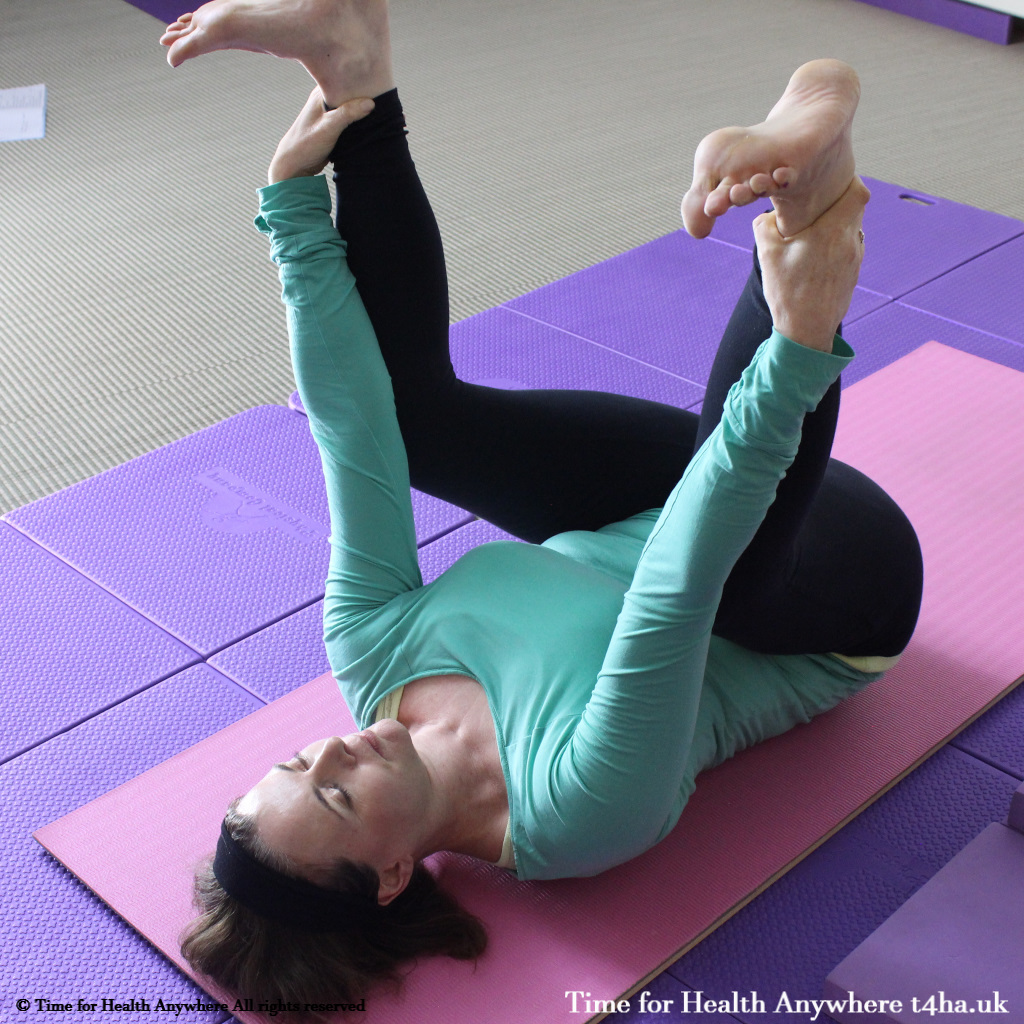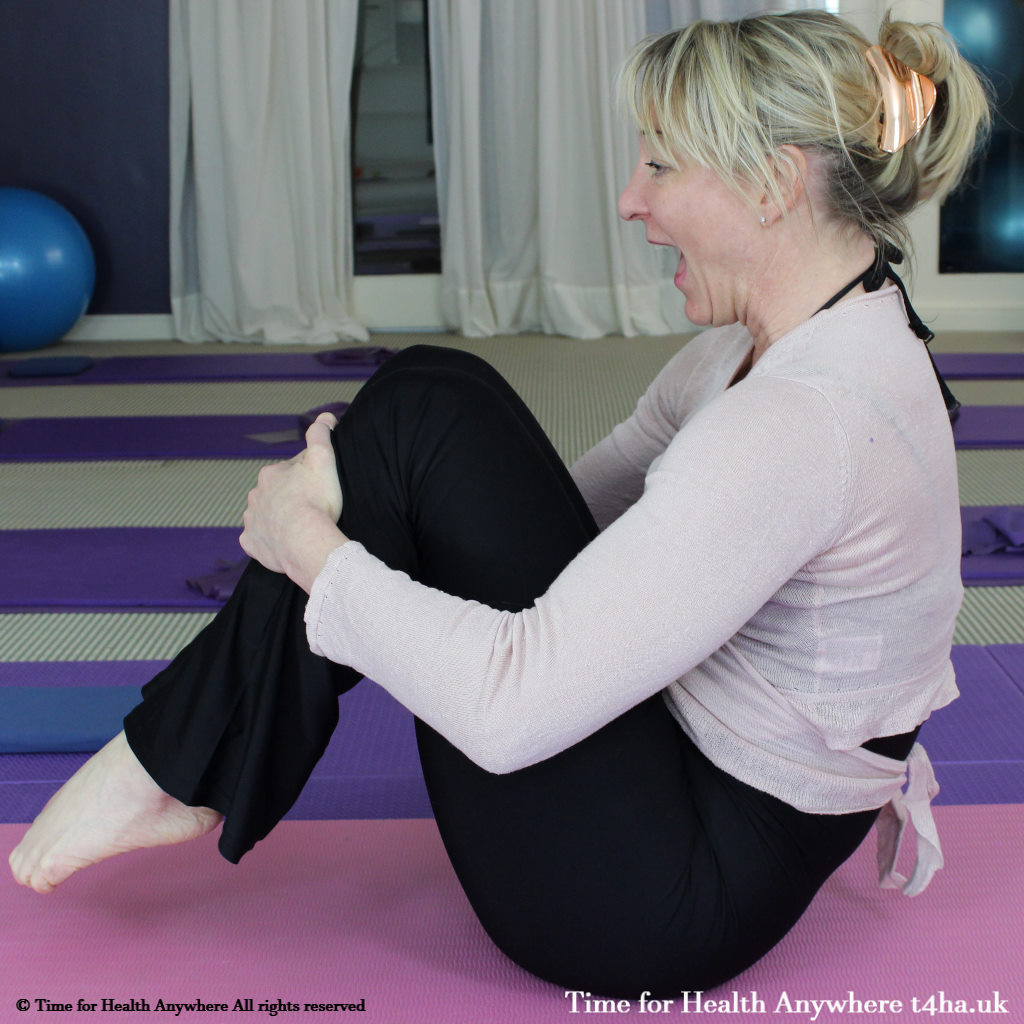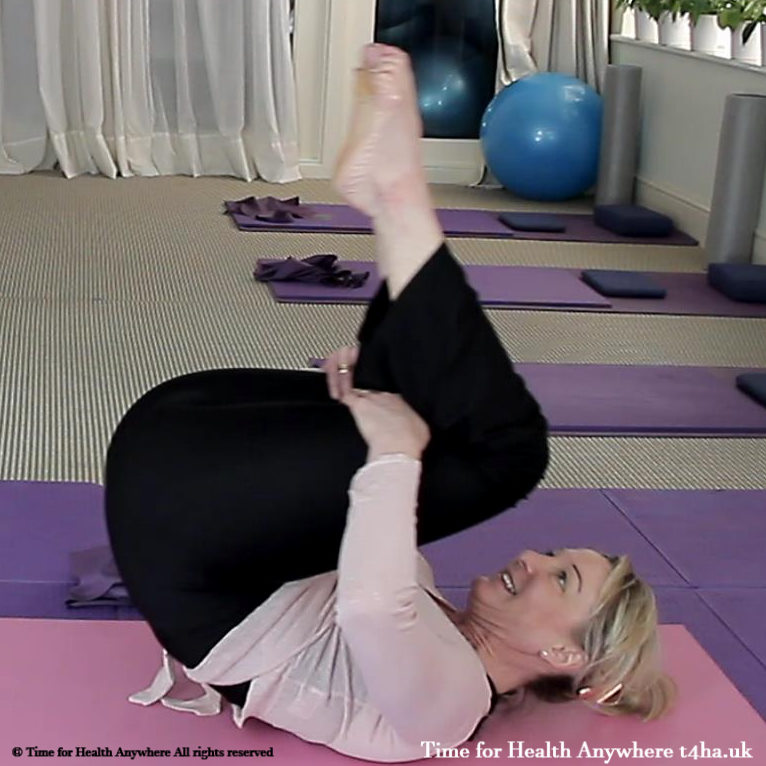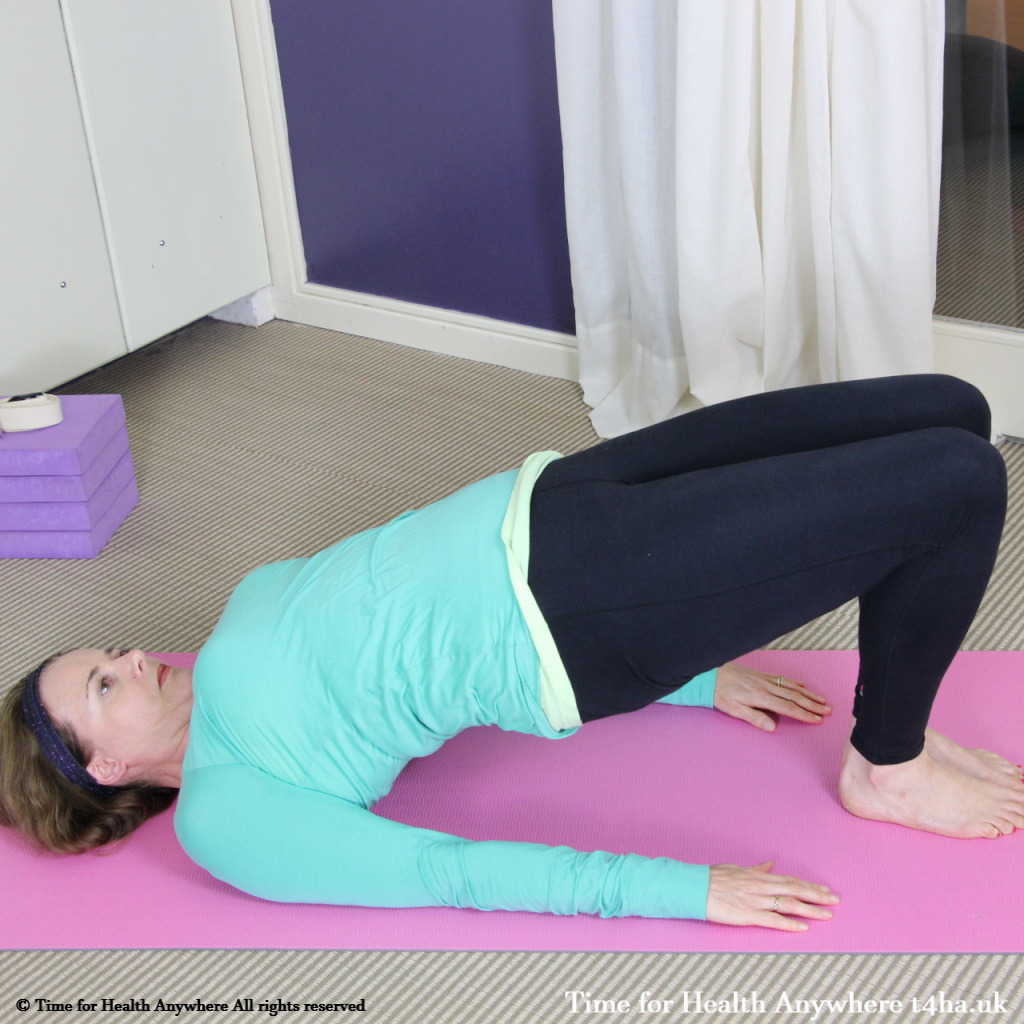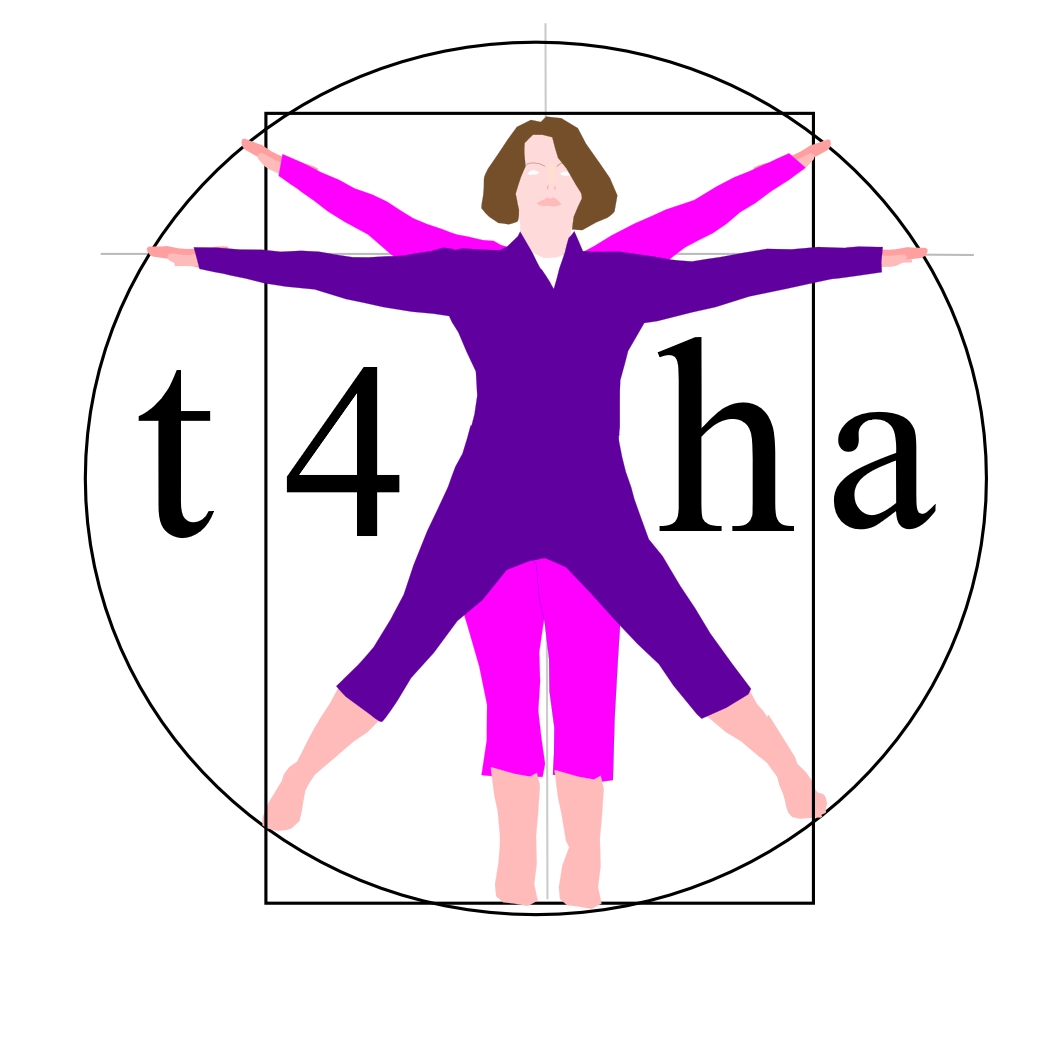 ACADEMIC PAPERS ON EXERCISE
ACADEMIC PAPERS ON EXERCISE
Back to Top
ACADEMIC PAPERS ON EXERCISE
On this web page we list and comment upon a growing list of academic papers that promote regular and careful exercise as a means to reduce the risk of many 21st century health issues. These and others have informed the "healthy living maxims promulgated by many countries".
We try and limit the referenced works to those where the investigators are working at respected Universities or Institutions. Or where the papers have been peer reviewed.
We love to hear from you. If you have come across some data we could include please send us the link to the publication and we will review it. Please send your links to info@t4ha.uk.
In an article titled 'The pandemic of physical inactivity: global action for public health' by Prof Dr Kohl etl it was stated that we are in a "pandemic of physical inactivity". This description was used by the Lancet editorialists as well as others during the conference press conference. Worldwide there has been a shift from concerns about infectious diseases undermining public health to risks posed by chronic diseases, such as coronary heart disease.
ACADEMIC PAPERS ON EXERCISE
continued
Prof Karim M Khan and assocites in a paper titled 'Sport and exercise as contributors to the health of nations' reported that self-reported rates of participation in sport vary by country. In the UK, about 40% of men and women aged 16 years or older participate in at least one sport every week. Large cohort studies suggest that such participation in sport is associated with a 20 to 40% reduction in all-cause mortality compared with non-participation. Randomised trials and crossover clinical studies suggest that playing sport is associated with specific health benefits. Exercise might also be considered as a fifth vital sign and should be recorded in patients' electronic medical records and routine histories.
In Stressing Harms of Physical Inactivity to Promote Exercise Chi Pang Wen and Xifeng Wu stated that: Exercise has been called a miracle drug that can benefit every part of the body and substantially extend lifespan. Socially, being inactive is perceived as normal. This passive attitude towards inactivity, where exercise is viewed as a personal choice, is anachronistic, and is reminiscent of the battles still being fought over smoking.
It is suggested that if prevention of disease is to be fostered within the UK the physical activity needs to be embedded in the daily lives of many more people. He quotes that:
The recently published National Diet and Nutrition Survey of 4 to 18 year olds (summary here) has shown that children are becoming less active. (Gregory J, Lowe S, Bates CJ et al: National Diet and Nutrition Survey: young people aged 4 to 18 years. London: The Stationery Office, 2000. )
Physical activity must be one of the most undervalued interventions to improve public health. Its benefits are great. Physical activity is closely associated with better health and reduced all cause mortality, including reduced mortality from coronary heart disease, stroke, colon cancer, and reduced fatality after a heart attack. (Physical Activity and Health: a report of the Surgeon General. Washington: US Department of Health and Human Services, 1996. )
He notes a socio-economic divide; with different economic groups tending to different exercise levels, and those in the lower groups tending to exercise less.
